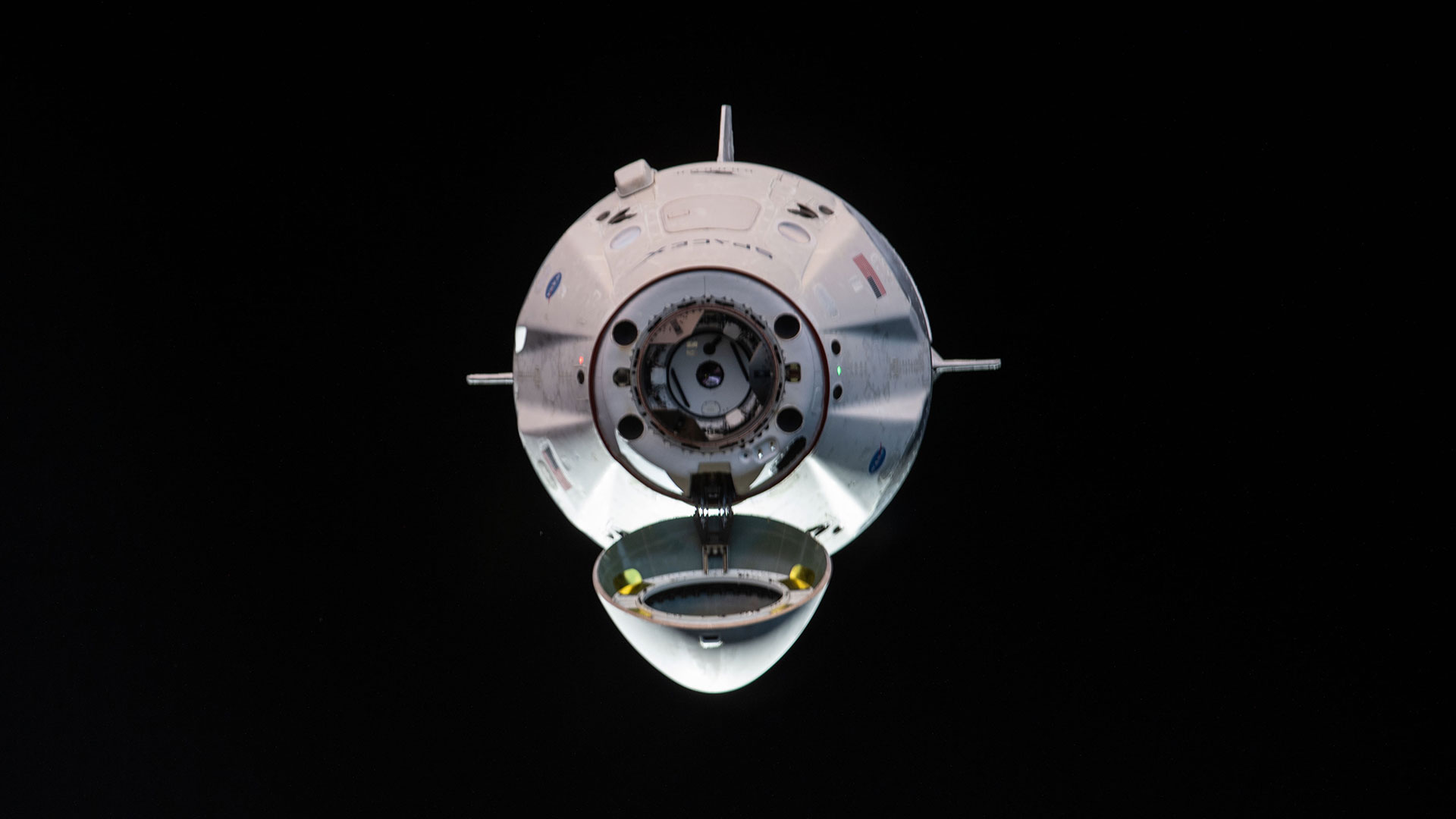NASA and SpaceX set historic first astronaut launch for May 27
NASA and SpaceX have set a specific date and time target for their historic first astronaut launch aboard a private spacecraft from U.S. soil, with a planned date of May 27 and a target liftoff time of 4:32 PM EDT (1:32 PM PDT) from Kennedy Space Center, at SpaceX's Launch Complex 39A (LC-39). The mission had been previously announced to be tracking toward a mid to late-May launch time frame, but now we know exactly when the agency and SpaceX hope to launch astronauts Bob Behnken and Doug Hurley for this inaugural trip to the International Space Station.
The launch is the first crewed mission in NASA's Commercial Crew program, which seeks to return American launch capabilities to U.S. soil through private partnerships, with both SpaceX and Boeing taking part and developing their own separate launch vehicles and crew craft. SpaceX has taken all the steps necessary to get to this stage ahead of Boeing, and this flight, called Demo-2, while still technically part of the test program, will see NASA's astronauts visit the space station for "an extended stay," with a full duration yet to be determined.
This final test will validate each aspect of the Crew Dragon and Falcon 9 launch system, including the pad from which the rocket takes off, the operational facilities on the ground, orbital systems and astronaut procedures. Pending successful completion of all those elements, Crew Dragon should be set for full operational certification, after which time it can begin regularly scheduled service of delivering astronauts to and from the ISS.
For the mission, Crew Dragon will launch with Behnken and Hurley, then enter orbit and rendezvous with the ISS, which should occur around 24 hours after liftoff. The spacecraft is designed to dock fully autonomously with the station (and has done so on a previous occasion during an uncrewed demo mission), then Behnken and Hurley will disembark and join as members of the ISS crew, performing research on the orbital science platform.

The Crew Dragon flying this mission is designed to stay on orbit for around 110 days, but its actual length of stay will be decided by how ready the commercial crew mission to follow is at the time of launch. That Crew Dragon, which is the fully operational version, is designed for stays of at least 210 days, and the crew complement of four astronauts, including three from NASA and one from Japan's space agency, is already determined. If all goes well, it'll happen sometime later this year.
Crew Dragon from Demo-2 will perform an automated undocking from the ISS with Behnken and Hurley on board when it is ready to leave, and then they'll re-enter Earth's atmosphere and have a controlled splashdown landing in the Atlantic Ocean, where a SpaceX ship will pick them up and bring them back to Florida.
Obviously, NASA and SpaceX are facing challenges, along with everyone else, with the global COVID-19 crisis ongoing, but the agency has taken extra precautions to ensure this mission continues, since NASA Administrator Jim Bridenstine notes that continued U.S. access to, and presence within the ISS is critical.